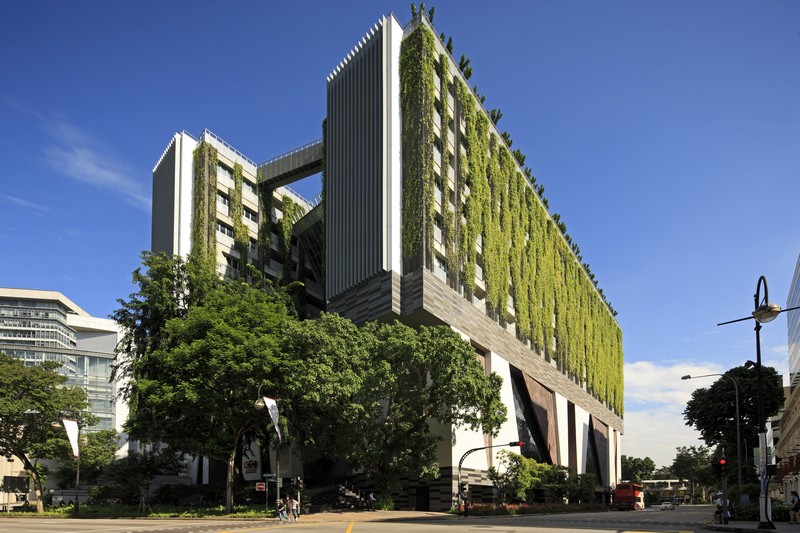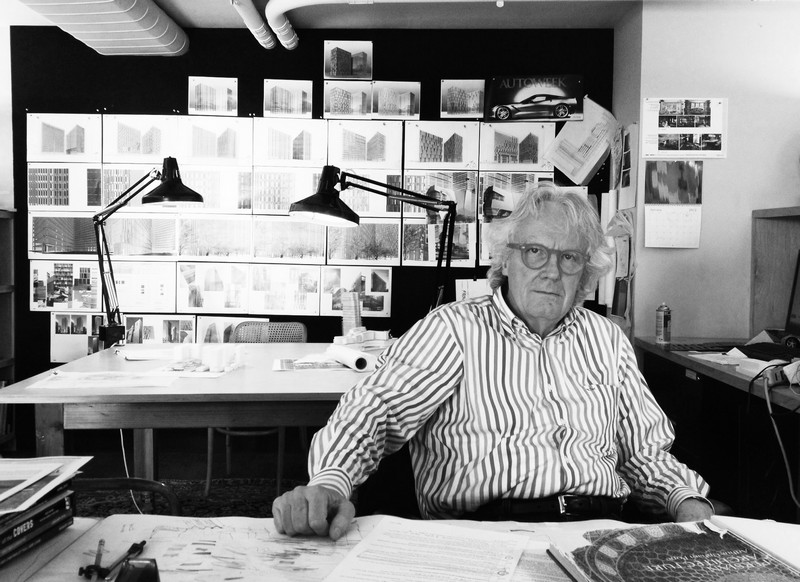The tropical clime of Cairns was hardly the place I was expecting to find global finance ministers cascading for the G20 summit. The thought of bespoke tailoring mixing with searing sun, sand and sea made my skin prickle. And I certainly wasn’t expecting to be breathing the air of individuals who have the power to strengthen the global economy and improve financial regulation post GFC. And yet here I was as one of the keynote speakers on the future of tropical urban habitats in a conference entitled the ‘Future Of Tropical Economics’, or FTEC for short.

When we think of the word ‘Tropics’, it is all too easy to conjure a romantic image of jungles, leafy mangroves and bugs the size of ones hand. Think again, and one may embrace the thermal (dis)comfort qualities of high temperatures and high humidities. Think further and deeper, and one starts to consider the socio-political climate of its people. But which people? When we think of the terms ‘tropics’ and ‘tropical’ – European terminologies from over 100 years ago to describe the particular belt that forms the waste band of our World, we often assume that the term refers to a particular region – South East Asia, for example.
What we often overlook is that the tropics is a continuous band that extends north and south of the centre of our Globe to also embrace parts of Oceania, Central Africa and South America. With this comes a very distinct set of socio -economic, cultural characteristics that are incredibly diverse locally, but climatically common, globally. So, why is the tropical belt so important, and is life in the tropics getting better? The conference sought to address these questions, and built upon the ‘State of the Tropics Report’ – launched by Nobel Laureate Aung San Suu Kyi on 29 June 2014. The research was initiated and led by James Cook University in collaboration with eleven other research universities and institutes from around the world.
It is not hard to see why the tropical belt is increasingly important. More than 40% of the world’s population currently lives in the Tropics, and the figure is likely to grow to more than 50% by 2050. The Tropics are home to 80% of the world’s biodiversity. The Tropics have just over half of the world’s renewable water resources, yet almost half of its population was considered vulnerable to water stress in 2010. At the same time, the tropical world’s economy is growing 20% faster than the rest of the World, and many tropical nations are now centre-stage to world trade, politics and innovation.
Nations of the tropics are experiencing rapid economic growth alongside burgeoning middle classes. Whilst this presents significant opportunities within the urban habitat, environmental variability and change, rapid population growth, social and economic inequality and political instability continue to challenge the advancement of tropical economies. Developers in developing tropical economies increasingly need to balance spatially efficient real estate, new income generating sectors and rapidly transforming infrastructure, with the increasing demand for aspirational living standards, branded interior finishes and enhanced recreational amenities. This is often set to a backdrop of construction methodologies and practices that may not be as advanced as those in developed economies.
Over the past few years, I’ve had the privilege of working with a developer no stranger to this phenomenon. As an Asia board director of Broadway Malyan and now as the Founding Principal of Pomeroy Studio, I’ve been actively involved in the design and execution of a 4-hectare mixed-use development in the financial heart of the Philippines. Century City is a sustainable development that comprises several towers and a Mall, and sits on a brownfield site of a former international school. Trump Tower @ Century City forms the centrepiece, and its association with the Trump name enters into aspirational living territory. At 250m tall and comprising of 220 residential units distributed over 58 storeys, it is set to be the tallest residential tower when completed in 2016. The award-winning Milano Residences is the first fashion branded condominium development in Asia, with leisure facilities and public areas designed by Versace Home. Centuria is a healthcare facility that capitalises on the Philippines rise of healthcare tourism. Gramercy Residence’s 3,500sqm skypark acts as a recreational social space that host’s facilities that are the first of its kind in the Philippines. Coupled with Knightsbridge residences, Daniel Libeskind’s The Spire and Forbes tower, Makati is going through a remarkable real estate transformation that many neighbouring cities and their developers would be envious of.
These design projects address the green agenda through low-energy passive design principles, use cultural reinterpretation as a means of forging identity in and above the power of a brand, and incorporate skycourts and skygardens as alternative social spaces. But what is remarkable is that each tower has satisfied the particular developing tropical economy model in some shape or form – whether it is partnering with a fashion brand, venturing into an unexplored new sector, tapping into the latest infrastructure or providing a hyper-amenitised environment for the burgeoning middle income returning to the Philippines. And when seen holistically, it forms a development that will not only help reposition Central Makati for the 21st century, but improve the standard of living in a part of the city needing rejuvenation.
























